National Arthritis Day is the perfect time to look a little closer at this difficult condition and ways to bring relief.
Clinical Nutritionist, Suzie Sawyer, shares her top tips for easing the pain of arthritis
There are two common types of arthritis:
Osteoarthritis
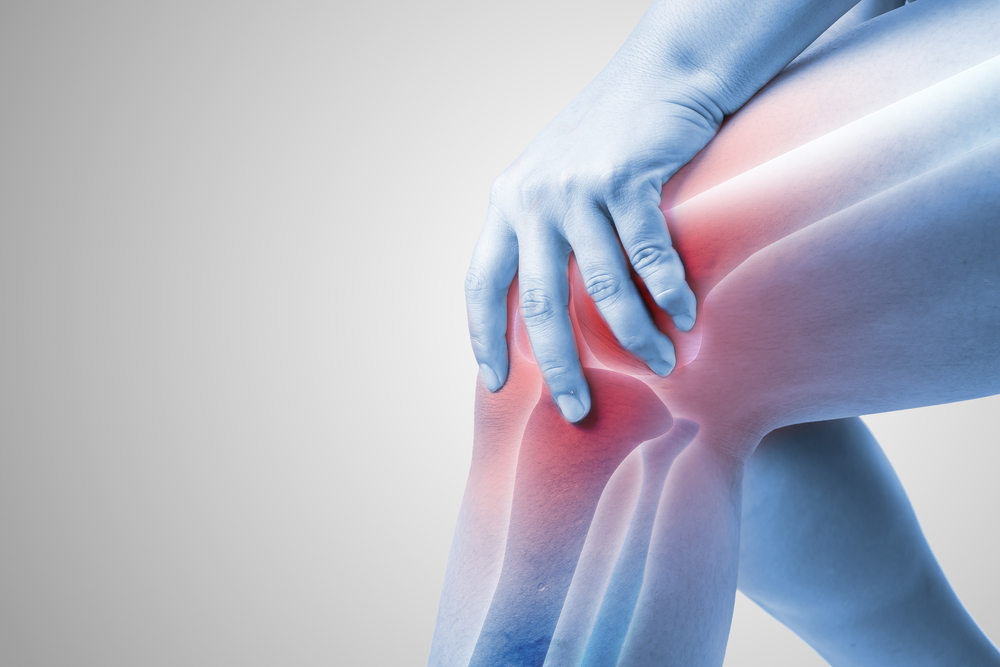
The most common form of arthritis osteoarthritis (OA) is a ‘wear and tear’ disease affecting joints that have been injured, damaged, or have simply worn out. It is characterised by a loss of cartilage, causing friction, loss of collagen and an enlargement of the bone ends causing the tell-tale bone spurs and making the joint enlarged. This is further exacerbated, especially for women after the menopause, when calcium absorption declines, leading to calcium being deposited into other body tissues which can cause more pain and stiffness.
Rheumatoid Arthritis

Rheumatoid arthritis (RA) tends to affect people between the ages of 30 and 50 and is thought to be an autoimmune condition. It is more common in women than men, and presents itself as inflamed joints with pain and swelling which often affects the whole body. Sufferers may also feel generally under the weather, often with a fever. While it’s not known exactly what causes RA, it is thought that previous viruses or issues with the immune system may be a factor.
Dietary helpers
With both types of arthritis, poor diet, often over a number of years, can exacerbate inflammation and increase pain levels. For example, a diet high in refined carbohydrates and low in essential omega fats, together with high stress levels, are certainly factors.
It’s therefore very important to reduce inflammation throughout the body which can be achieved in various ways. Both OA and RA are complex conditions with a number of body systems coming into play, including the digestive system, but here are some top tips that may help to bring relief.
Load up on berries
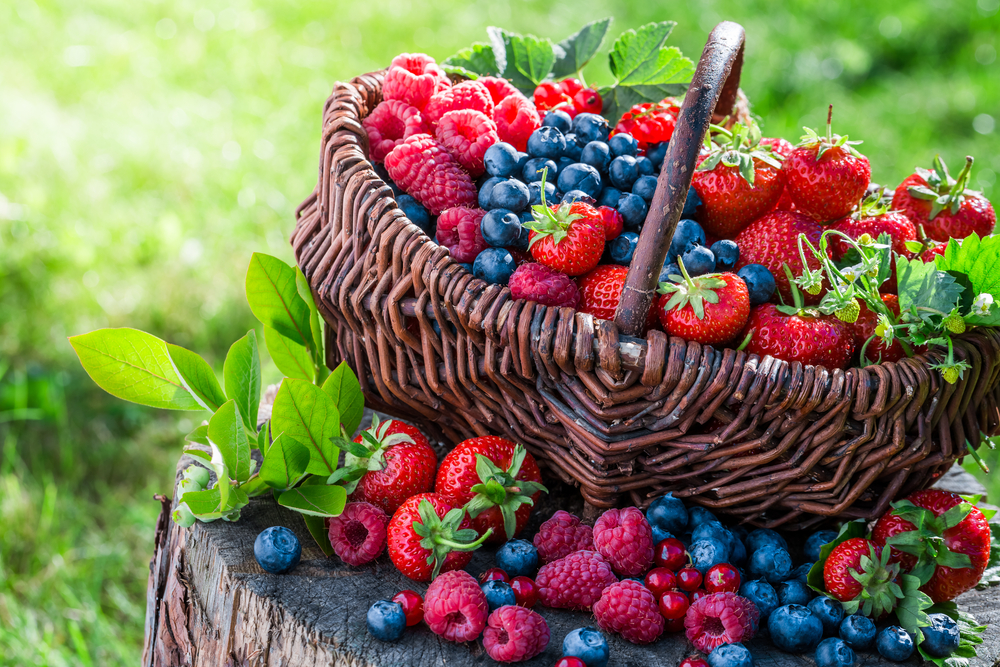
In general, the darker the colour of fruits or vegetables the richer their antioxidant capacity and the greater their anti-inflammatory effects. For example, all berry fruits contain high levels of antioxidants. Top of the list come cherries, which are still in season and taste delicious right now. Try to include some berries in your diet every day, whether piled onto your cereal in the morning, eaten with natural yoghurt or on their own as a delicious snack.
Seek out botanicals
There are several herbs and spices from nature’s treasure chest which provide a wealth of anti-inflammatory and pain-reliving benefits.
Curcumin
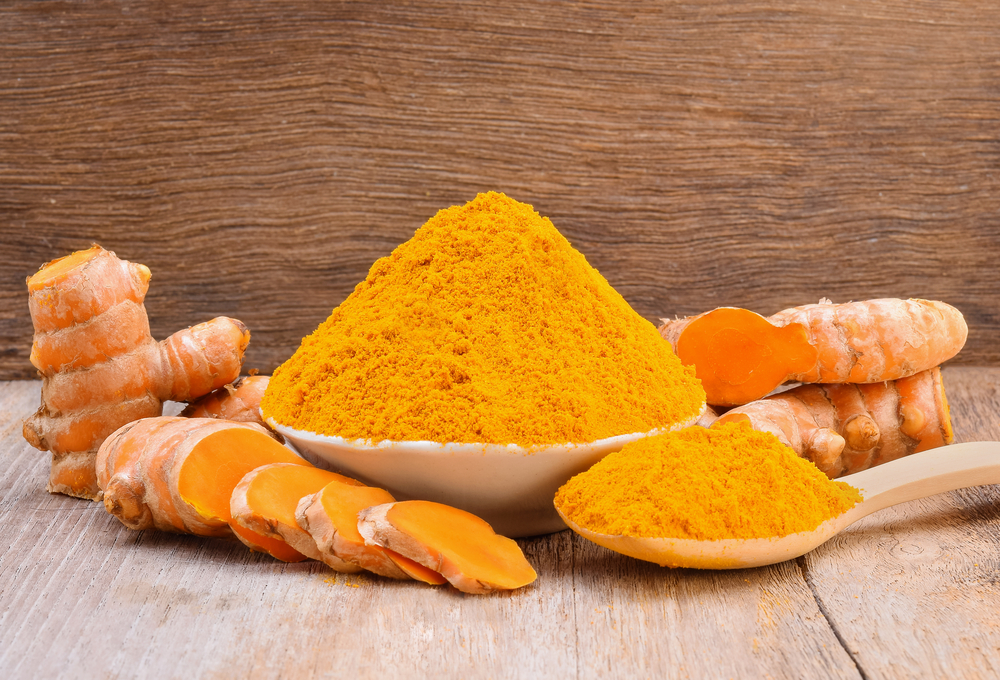
Curcumin is the bright yellow pigment in the spice turmeric, and has impressive well-researched benefits. This is due to the fact that it modulates prostaglandins within the body that trigger inflammation and pain. It should be used freely in cooking but can also be taken as a supplement for greater effect.
Boswellia
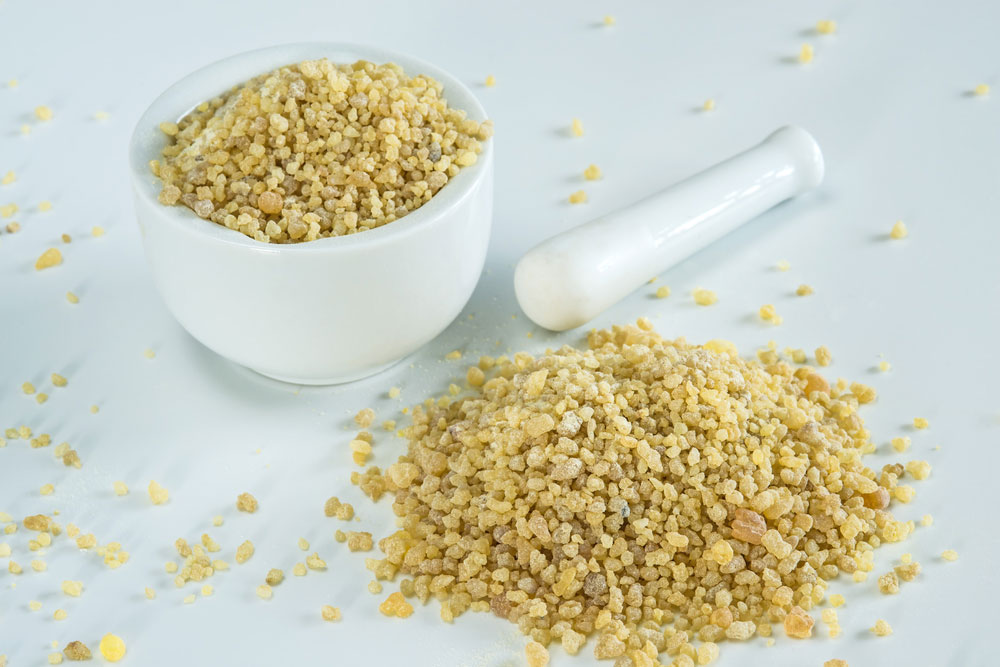
Boswellia is an Ayurvedic herb which delivers the same benefits but needs to be taken in supplement form.
Ginger
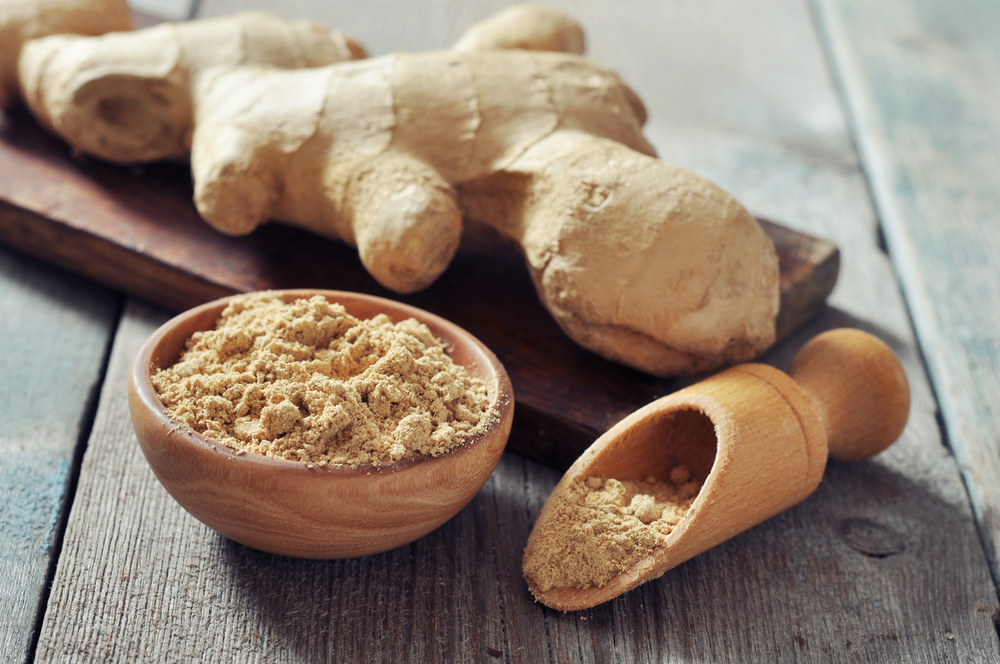
Delicious ginger can be used in fresh teas and dishes, especially stir fries and curries. It can also be taken in supplement form and provides pain-relieving and anti-inflammatory properties.
Supplement with vitamin D

Lots has been written about vitamin D and its essential role in immune system health in recent months, but we mustn’t forget about its benefits for bone and joint health too. Vitamin D works in tandem with calcium and becomes even more essential as we get older. For those suffering from joint pain, many have found quick relief just from increasing the amount of vitamin D they are taking. Upper safe levels for daily supplementation is 75 micrograms, and studies show higher levels in the blood are beneficial. Vitamin D needs to be taken in supplement form, as it’s not widely available in foods.
Lubricate your joints with Omega 3s

It is well known that many of us are deficient in the essential omega-3 fatty acids, needed for healthy, smooth-moving joints. The best sources are oily fish such as salmon, tuna, herring, mackerel and sardines. The richest vegetarian source is flaxseeds with two tablespoons daily being an optimum dose. Like the botanicals, omega-3s reduce inflammation throughout the body and can help provide much-needed pain relief.

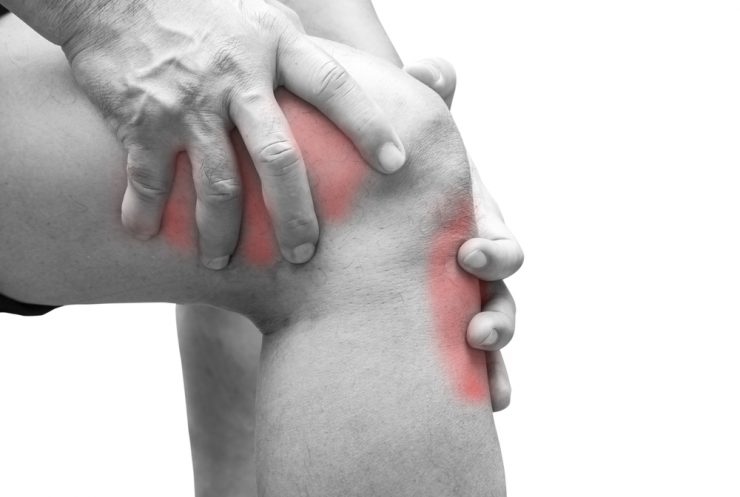





















Add comment